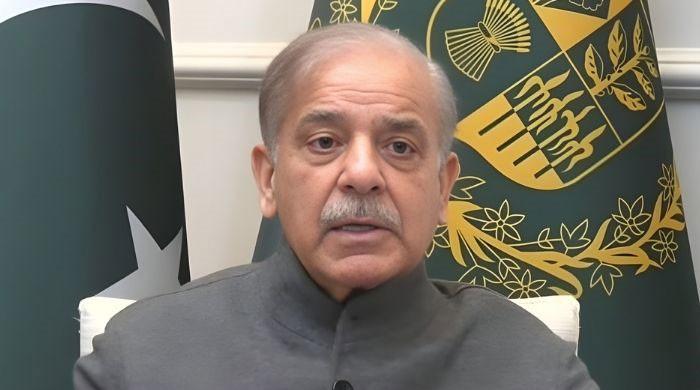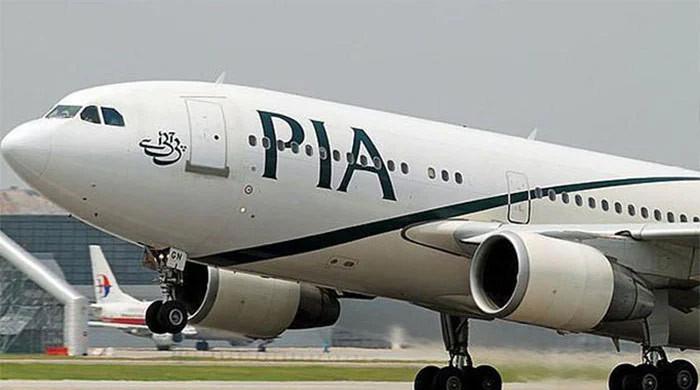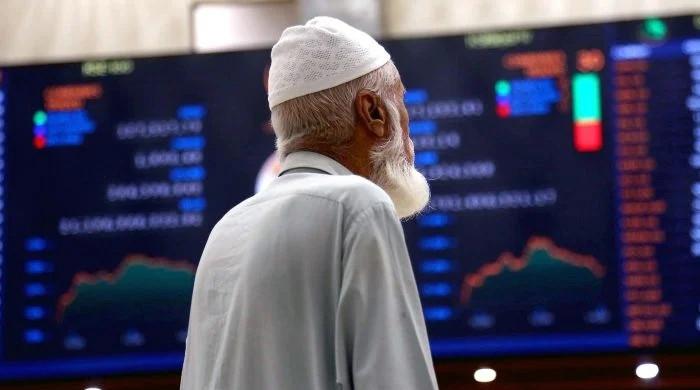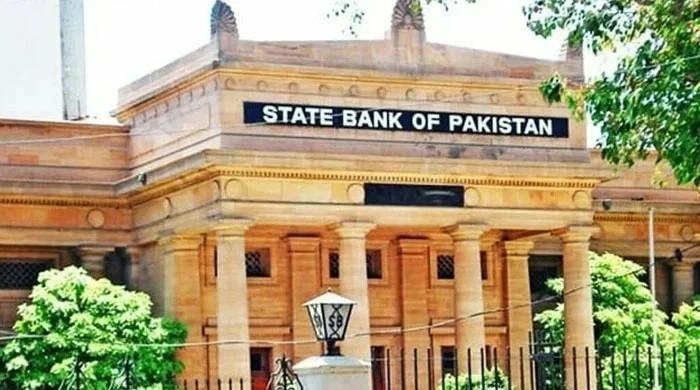Current account deficit reaches 10-year low of $1.9 bln in FY2020-21
Improvement comes despite a higher trade gap and is largely due to an increase in remittance flows and exports
July 20, 2021
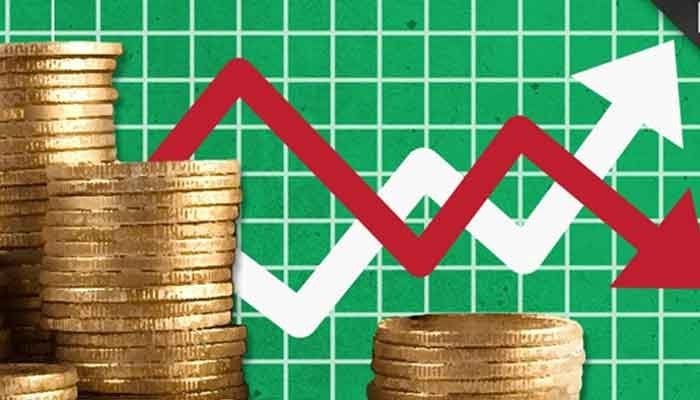
- The deficit reduced by 58% to reach $1.9 billion in July-June FY2021 from $4.4 billion a year ago.
- The current account gap represented 0.6% of GDP in FY2021, the smallest share since FY2012.
- The improvement came about despite a higher trade gap and is largely due to an increase in remittance flows and rise in exports.
KARACHI: The current account (C/A) deficit decreased to a 10-year low in FY2020-21, latest data released by the State Bank of Pakistan showed on Monday, as higher exports and remittances offset hefty import payments, reported The News.
The deficit reduced 58% to $1.9 billion in July-June FY2021 from $4.4 billion a year ago. The current account gap represented 0.6% of gross domestic product in FY2021, the smallest share since FY2012.
The deficit is in line with the SBP projection that the current account gap would range of 0.0-1.0% in the last fiscal year.
The improvement came about despite a higher trade gap and is largely due to an increase in remittance flows and rise in exports.
The country’s trade deficit widened 32.9% to $30.8% last year. The SBP’s figures showed exports of goods rose to $25.630 billion in FY2021 from $22.536 billion a year earlier. But at the same time the imports also increased to $53.785 billion from $43.645 billion.
Remittances from Pakistani workers employed abroad jumped 27% to $29.4 billion.
"Pakistan’s external position is at its strongest in many years," said the SBP in a tweet. It credited this to increasing exports and remittances at all-time highs.
"The SBP’s foreign exchange reserves rose by $5.2 billion in FY2021 to over $17 billion, a 4.5 year high," it added.
In June, the current account deficit widened to $1.6 billion from $650 million in May. It came at $121 million in the same month of FY2020.
The increase in the June's current account deficit was due to higher imports, which stood at $5.322 billion in FY2021, compared with $3.560 billion in the corresponding month of the previous year.
“Some of the rise in imports was seasonal, associated with bunching of year-end payments. Import bill was also larger than May due to higher oil imports and Covid vaccines,” said the SBP’s tweet.
“Encouragingly, import of capital goods like machinery continued to rise, reflecting improvement in investment outlook.”
Today’s figures reinforce a cautious outlook for the balance of payments, and the current account deficit to further widen owing to a rise in imports.




